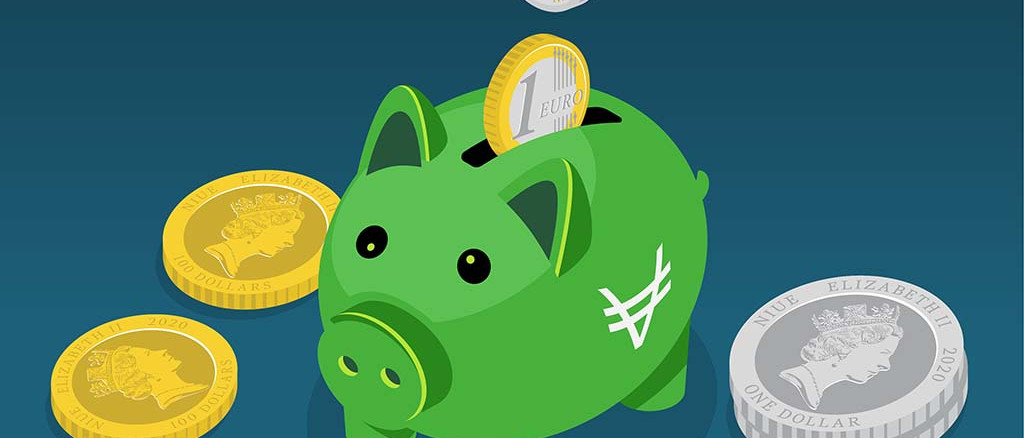Despite official discourse seeking to discredit investment gold and to keep it away from savers, institutions are displaying an obviously growing appetite for gold as a safe investment, which they have been stockpiling for several years now.
Worldwide demand for gold for industrial purposes has risen by 2% to 3% annually in recent years in response to new technological needs but jumped by a whopping 20% in terms of central bank investments.
In other words, most of the world’s central banks have considerably ramped up their physical gold holdings, particularly in emerging economies seeking to consolidate their foreign exchange reserves while splitting away from the increasingly struggling US dollar. This includes India, Mexico and Turkey, but also and above all China and Russia, which aim to create a real monetary counterweight to the dollar in the years to come.
Closer to home, here in Europe, the Germans are also proving to be major buyers of gold, although interest in it is highest among private individuals. It should be noted that the country was hit hard by a terrible monetary crisis between the two World Wars, and memories endure of the consequences of the overuse of money printing presses, as the ECB seems to be doing today. Last year, more than €6 billion were put into gold investment products by German citizens looking to protect their savings.
For their part, the banks are resolved to avoid the return of gold as an investment, or even as underpinning a currency. As a result, they are continuously ramping up their manoeuvrings in an effort to make precious metals as unattractive as possible. For example, the creation of gold-backed ETFs (exchange traded funds) has considerably diluted the value of the metal by artificially inflating the quantity in circulation. Nonetheless, demand for physical gold continues to rise, and pressure is becoming too strong to keep prices perpetually depressed.
Although up until now, gold’s behaviour has tended to be counter-cyclical to the stock market, we have seen its value firmly on the upswing over the last three years, whether the markets have been bullish or bearish. In parallel, the profitability of mining operations has been crumbling (penalizing ETFs) while the quantities extracted have stagnated year after year, leading certain experts to postulate that we are on the other side of peak production, meaning gold could well become more and more rare going forwards.
Consequently, and bolstered by an increasingly uncertain financial situation, demand for gold will soon be high enough to break through the mechanical barriers that have been erected. The price of the precious metal is then likely to soar, to the detriment of anyone who neglected not only its role as a hedge against stock losses but also its role in preserving capital.
Brand & Content Manager chez Veracash.
Curieux de tout et en particulier d'Économie, de ses transformations et de l'impact qu'elle a sur nos sociétés.
Toutes les questions méritent une réponse, avec recul et pédagogie.
You might be interested in
4 May 2023
How much should I spend on gold and silver?
Diversifying is about minimising the risk of capital losses that are always possible on certain products, but also and above all, to preserve the…
28 April 2023
2023, a good year for gold prices?
It's prediction time. At VeraCash, we prefer facts to predictions or magic. So to tell you about the gold price in 2023, we're going to have to tell…
21 February 2023
Could inflation be both the problem and the solution?
Rising prices are undoubtedly the indicator that speaks loudest to the most people. Depending on geographic location and position in the economic…


